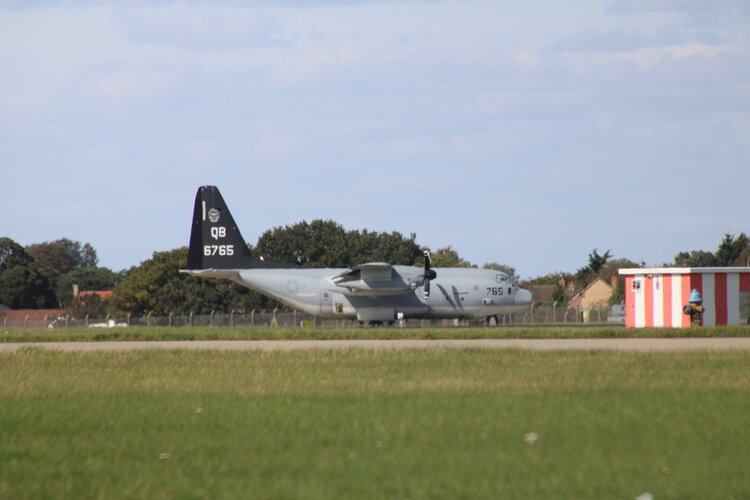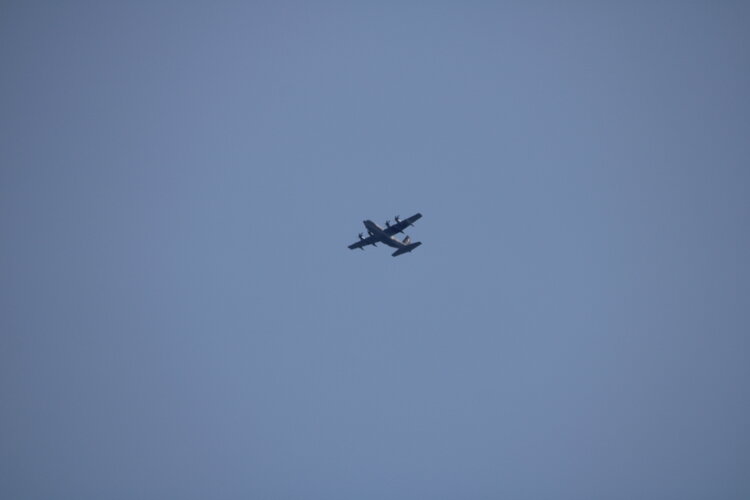marauder2048
"I should really just relax"
- Joined
- 19 November 2013
- Messages
- 3,157
- Reaction score
- 926
FMC is "all required missions" not "all assigned missions" which gives a hint
as to its origin: the requirements docs.
Which in turn makes FMC of limited operational utility because no
commander has a fighter simultaneously tasked for say CAS and DCA.
And modern mission planning software that will run on laptops can take
fine-grain aircraft configurations and predict mission outcomes.
FMC goals are haphazardly devised and assigned, may not be in ORDs
or maintenance contracts. Example: OSD rescinded the 80% MC
directive for FY20 and beyond which apparently the author of that
article doesn't know about.
FMC reporting dramatically under-predicted GW1 fighter performance and
the operational side within DOD has been trying to move away from it ever since.
as to its origin: the requirements docs.
Which in turn makes FMC of limited operational utility because no
commander has a fighter simultaneously tasked for say CAS and DCA.
And modern mission planning software that will run on laptops can take
fine-grain aircraft configurations and predict mission outcomes.
FMC goals are haphazardly devised and assigned, may not be in ORDs
or maintenance contracts. Example: OSD rescinded the 80% MC
directive for FY20 and beyond which apparently the author of that
article doesn't know about.
FMC reporting dramatically under-predicted GW1 fighter performance and
the operational side within DOD has been trying to move away from it ever since.














